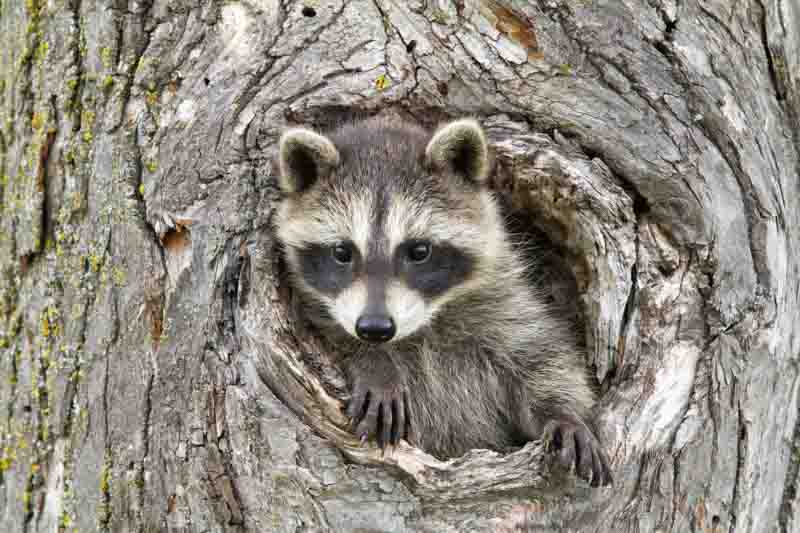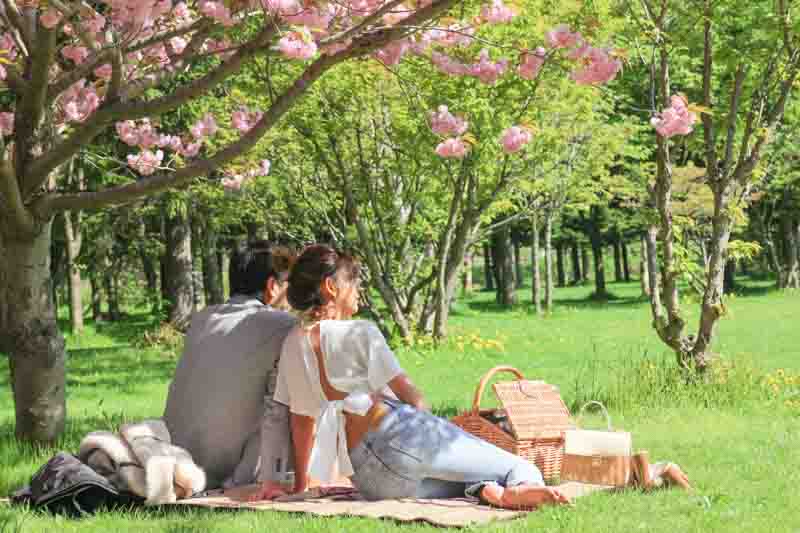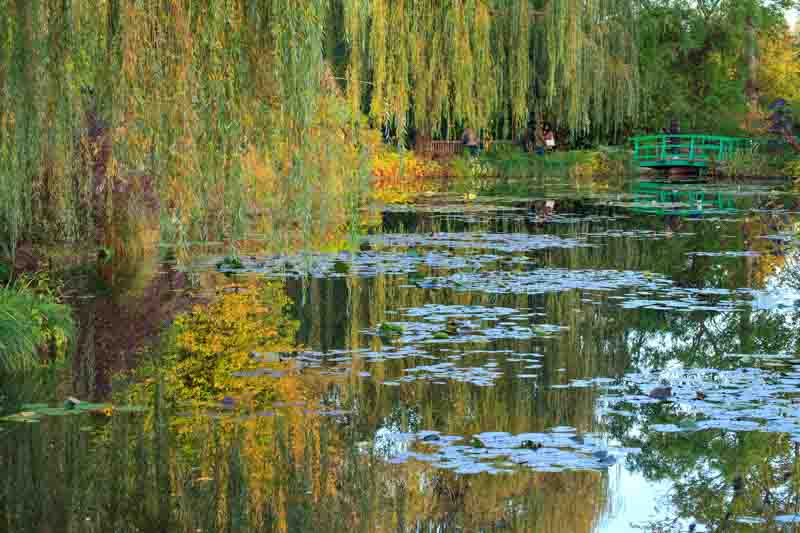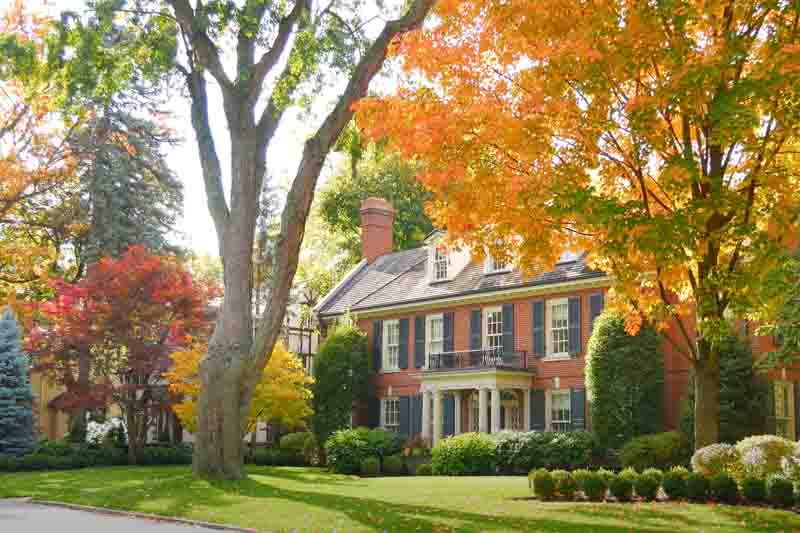Trees offer crucial benefits including air purification, climate regulation, habitat for wildlife, energy savings, enhanced property values, improved mental health, and fostering biodiversity, making them indispensable for environmental health and human well-being.
Trees stand as silent sentinels of our planet, offering a myriad of benefits that transcend their quiet presence. From environmental advantages to social and health-related perks, their value is immeasurable.
Climate Regulation: Trees play a critical role in mitigating climate change. Through photosynthesis, they absorb carbon dioxide—a greenhouse gas—converting it into oxygen. A single mature tree can consume approximately 48 pounds of CO2 annually, making forests vital carbon sinks. Discover the benefits of your trees.
Air Quality Improvement: Beyond carbon sequestration, they absorb pollutants like nitrogen oxides, ammonia, sulfur dioxide, and ozone, effectively purifying the air. Leaves also capture dust and smoke particles, further cleansing the atmosphere.
Water Conservation and Quality: Trees improve water quality by filtering pollutants through their roots. They reduce stormwater runoff, preventing erosion and protecting watersheds. Moreover, their shade slows water evaporation from thirsty lawns.
Biodiversity Preservation: Trees are foundational to many ecosystems, supporting biodiversity. They provide habitat and food for countless species, from the canopy to the forest floor. Older trees, in particular, offer irreplaceable ecological niches.

Baby Raccoon with Head and One Paw Sticking out of a Hole in an Oak
Energy Savings: Strategically planted around buildings can significantly reduce the need for heating and cooling, leading to substantial energy savings. In summer, they offer shade and cooling; in winter, they serve as windbreaks, reducing heating costs.
Increased Property Values: Landscapes adorned with mature trees are not only aesthetically pleasing but also increase property values by as much as 20%. They contribute to the overall desirability of neighborhoods, attracting residents and businesses alike.
Job Creation: The tree care industry, forestry, and conservation efforts generate numerous jobs. Urban forestry and green infrastructure projects also offer employment opportunities, contributing to economic growth.
Shade provided by the large canopy of a Live Oak (Quercus virginiana) in Forsyth Park, Savannah, Georgia, USA
Health and Wellbeing: Exposure to trees and nature reduces stress, lowers blood pressure, and improves mood. Urban green spaces encourage physical activity, enhancing overall community health.
Social Cohesion: Trees and green spaces promote community ties. They serve as gathering spots, fostering social interactions and a sense of belonging. Well-landscaped areas reduce noise pollution, creating tranquil urban sanctuaries.
Educational Value: Trees offer endless learning opportunities, from environmental education to research. They inspire curiosity about ecology, biology, and conservation, serving as outdoor classrooms for all ages.

Therapeutic Effects: The concept of forest bathing, or Shinrin-yoku, highlights the healing power of being in forests among trees. Such practices have been shown to boost immune system function, reduce stress hormones, and enhance mental well-being.
Inspiration and Creativity: Their serene beauty and changing seasons inspire artists, writers, and creators. They symbolize growth, resilience, and the cyclical nature of life, influencing countless works of art and literature.
Cultural and Spiritual Significance: Many cultures revere trees, associating them with spirituality, mythology, and rituals. They are symbols of life, wisdom, and connection to the natural world, playing central roles in community traditions and ceremonies.

Graceful willows adorn the water lily pond in Monet’s garden in Giverny, Normandy, France
Mitigating the Heat Island Effect: Urban areas, with their concrete and asphalt, often experience significantly higher temperatures than surrounding areas. Trees provide cooling shade, reducing the urban heat island effect and improving living conditions.
Wildlife Corridors in Cities: They create green corridors essential for the survival of urban wildlife. They enable birds and insects to navigate through cities, promoting ecological diversity in urban settings.
Enhancing Urban Aesthetics: They add beauty and character to cities, breaking the monotony of concrete with vibrant colors and forms. They transform streetscapes, parks, and public spaces, making cities more livable and attractive.

While the benefits of trees are vast, they face challenges from urban development, disease, pests, and climate change. Protecting and expanding urban and rural forests is crucial for sustaining their benefits. Future initiatives should focus on planting native and diverse species, conserving existing forests, and integrating them into urban planning and development strategies.
As stewards of the Earth, it is our responsibility to protect these vital resources, ensuring a greener, healthier world for all.
Create a membership account to save your garden designs and to view them on any device.
Becoming a contributing member of Gardenia is easy and can be done in just a few minutes. If you provide us with your name, email address and the payment of a modest $25 annual membership fee, you will become a full member, enabling you to design and save up to 25 of your garden design ideas.
Join now and start creating your dream garden!
Create a membership account to save your garden designs and to view them on any device.
Becoming a contributing member of Gardenia is easy and can be done in just a few minutes. If you provide us with your name, email address and the payment of a modest $25 annual membership fee, you will become a full member, enabling you to design and save up to 25 of your garden design ideas.
Join now and start creating your dream garden!